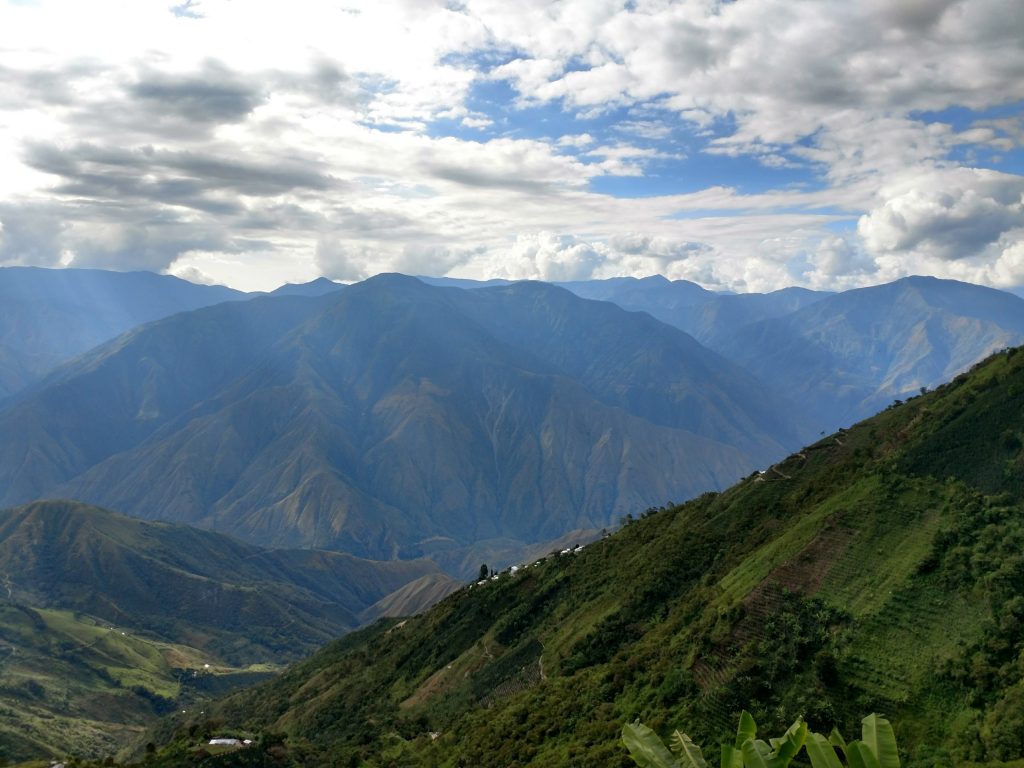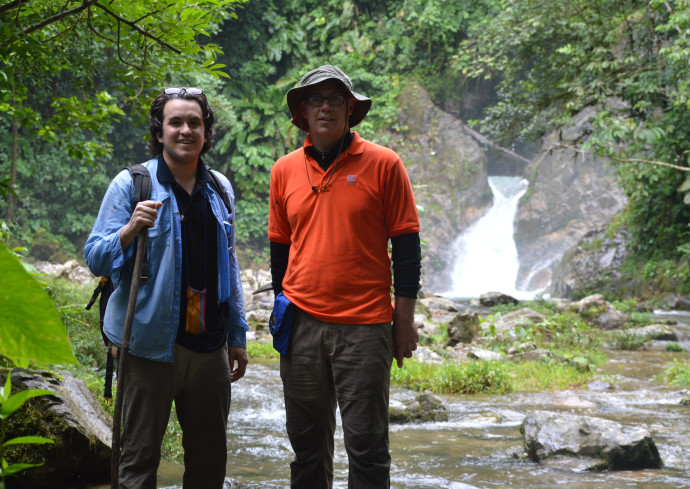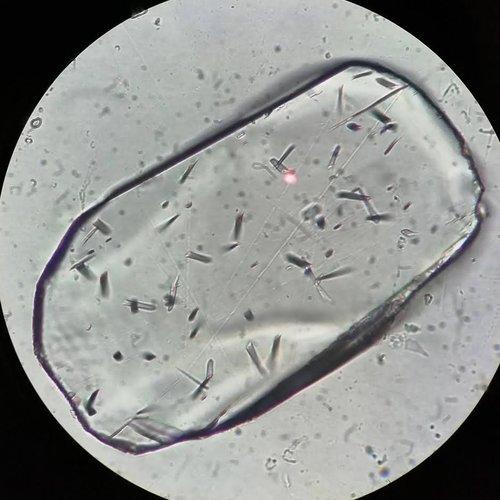Protecting the Grid: Engineering in Action
On April 28, 2025, a major power outage affected millions across Spain, Portugal and parts of southern France due to what authorities described as a “severe disruption.” Although the exact cause was not immediately confirmed, concerns quickly arose about the…




